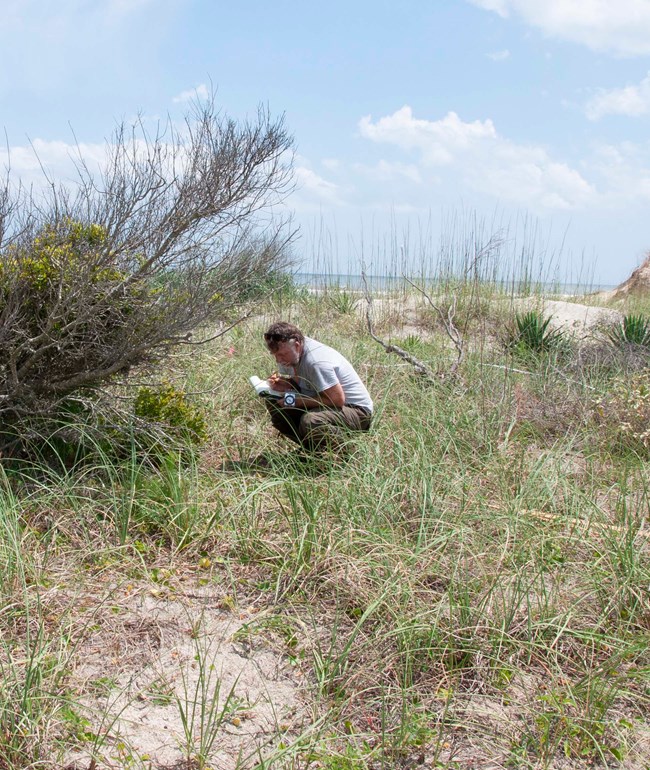
NPS Photo / SECN staff
Vital signs are a collection of physical, biological, and chemical elements selected to represent the overall ecological health of a park's ecosystems or the effects of stressors to those ecosystems. Monitoring these vital signs can provide information about changes or trends in the park's natural resources.
The Southeast Coast Network currently conducts monitoring in eight natural resource focus areas. The monitoring protocols for estuarine water-quality monitoring, salt marsh elevation monitoring, wadeable stream habitat monitoring, shoreline change monitoring, terrestrial vegetation community monitoring, landbird community monitoring, and vocal anuran community monitoring have been approved and are published. A protocol for accessing changes to the extent of salt marsh habitats at our coastal parks is currently in development.
Click here for more information on the national monitoring program, here for more information on vital signs, and here for information on how we manage our monitoring data.
-
Water-Quality Monitoring at Timucuan Ecological and Historic Preserve
A picturesque look at water-quality monitoring at Timucuan Ecological and Historic Preserve - How it's done, and why it's important.
- Duration:
- 5 minutes, 50 seconds
Water Resources
-
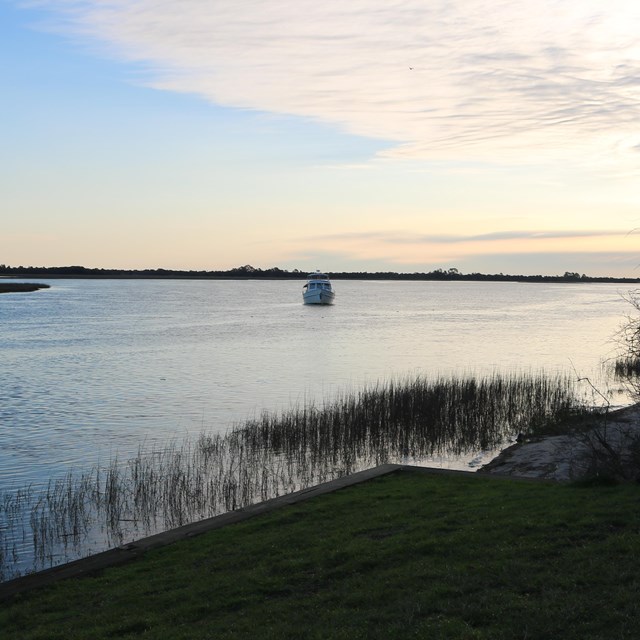 Estuarine Water Quality
Estuarine Water QualityThe Fort George River at Kingsley Plantation is the location of one of the SECN water-quality monitoring sites
-
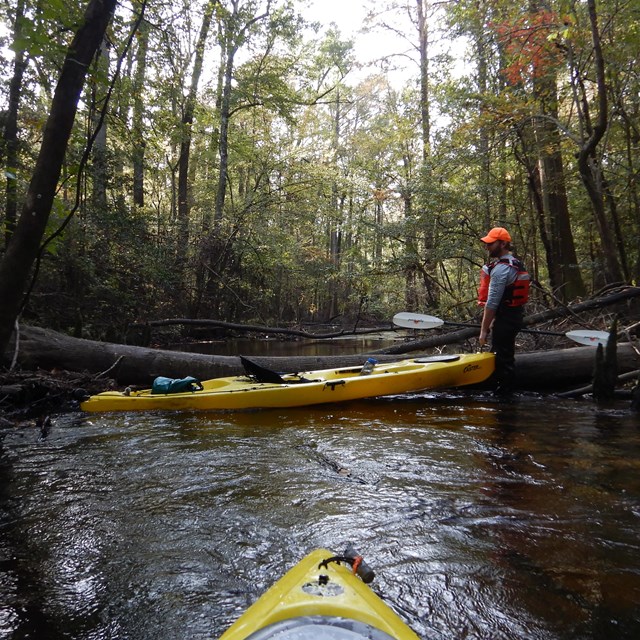 Wadeable Stream Monitoring
Wadeable Stream MonitoringJake Conducts a wadeable stream assessment at Congaree National Park.
Terrestrial Communities
-
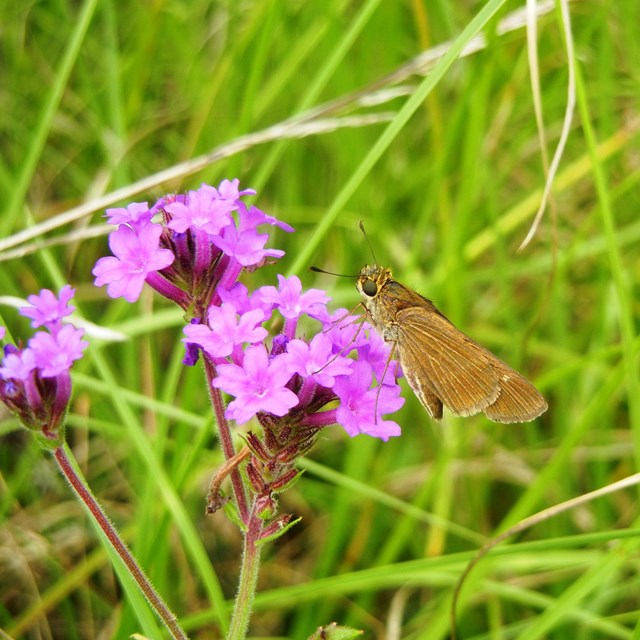 Vegetation Monitoring
Vegetation MonitoringAn ocola skipper (Panoquina ocola) on verbena at Ocmulgee National Monument.
-
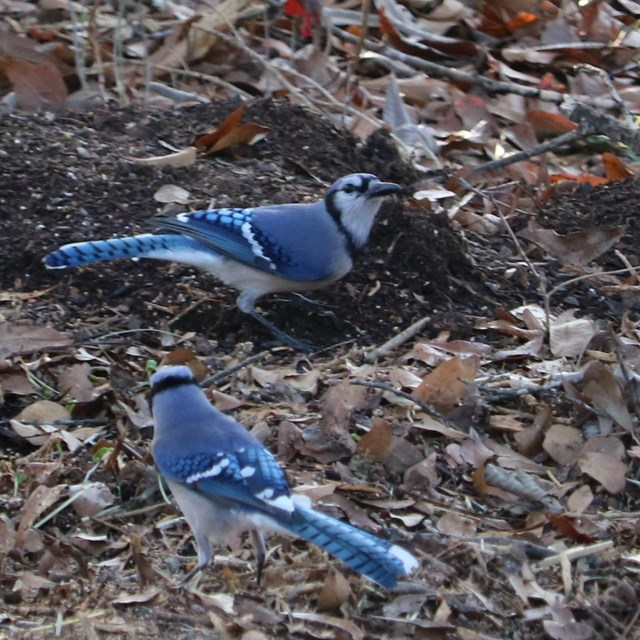 Landbird Community Monitoring
Landbird Community MonitoringBlue jays (Cyanocitta cristata) near the SECN office in Athens in January 2017.
-
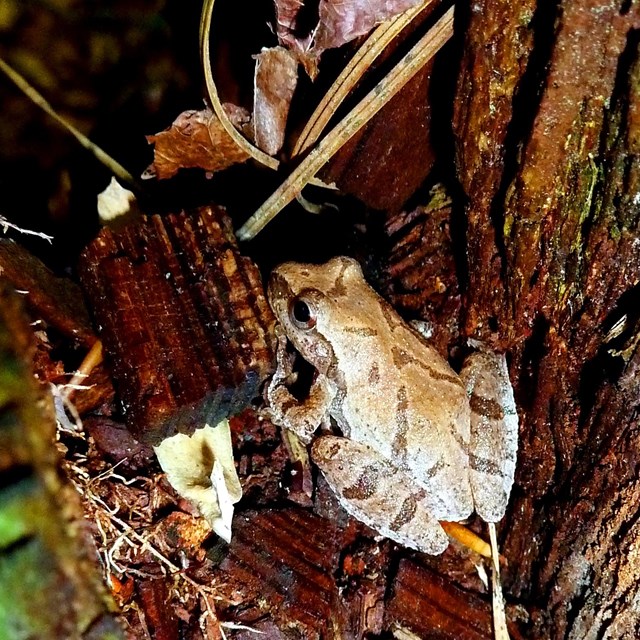 Amphibian Monitoring
Amphibian MonitoringA spring peeper (Pseudacris crucifer) at Chattahoochee River National Recreation area.
Shoreline and Climate
-
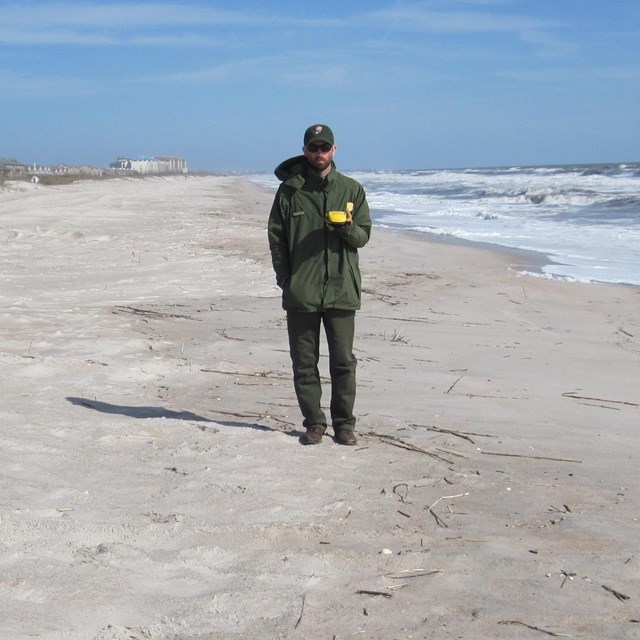 Shoreline Change
Shoreline ChangeAn SECN employee walks along the shoreline with a GPS unit to track shoreline change.
-
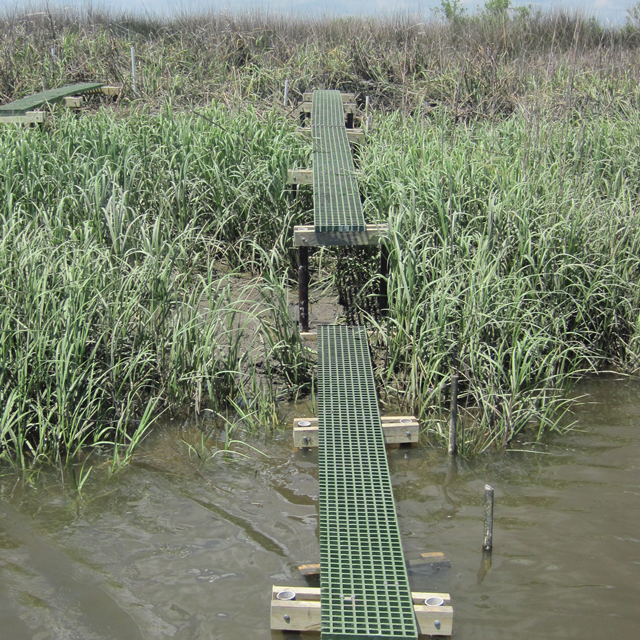 Salt Marsh Elevation
Salt Marsh ElevationA salt marsh elevation site at Fort Frederica National Monument
-
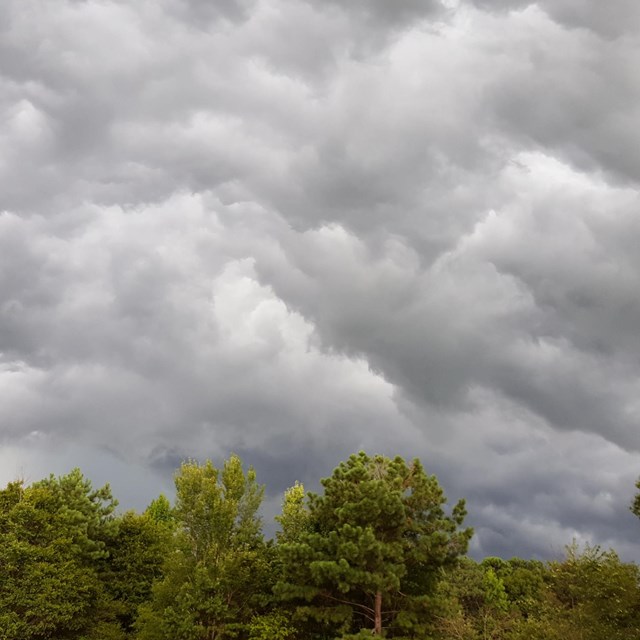 Climate
ClimateClouds from a late afternoon July thunderstorm roll in over Georgia, a common occurrence in the Southeast.
Last updated: April 1, 2024

